Are you bored with everyday events in your office every day?
Whenever you feel too tired to drag yourself to the office or do the other domestic chores, you desperately need a road trip. A winter road trip to the Himalayas in North India is once in a lifetime experience. If you haven’t seen the snow while living in the other parts of India, you ought to come to the North to witness what it truly means to experience winters in India. Nonetheless, a winter road trip requires significant planning and scheduling because the chilly weather can be merciless on the Himalayas; you just cannot take the weather for granted as you might do during summers. There are two parts of planning for a successful road trip to the mountains during winters:
Table of Contents
Prep up your Car
Driving on the slippery, snowy roads is perhaps the most challenging part during winter on the hills. That is why; it is essential to prepare your car for a drive on the tough terrains; it will also reduce the chances of your vehicle breaking down during cold weather.
The Electricals
Several electrical components are there in every vehicle. You need to make sure that everything works properly, at least a week before leaving. The lights including headlamps, tail lamps, indicators, cabin lights, etc. should be in proper working condition. Check the AC unit to ensure it is in an excellent position to provide comfort during low temperature. Check the wipers and change the blades, if needed. Refill the tank that contains the washer liquid so that they can work appropriately during snowfall.
The Engine
The performance of the car battery goes down in low temperatures, which comes to notice when you turn on the ignition. Get the battery checked and replace its cables if they are worn out. You must also check the coolant and engine oil as the fluids congeal during cold weather.
Brakes
The brakes of the car are an essential element that play a vital role in saving the lives of the passengers in the vehicle. You must get the brakes serviced and cleaned, or even replaced if the mechanic says so.
The Fuel
Never go short of fuel on the Himalayas whether you plan to drive your car or hire a Self-Drive Car in Chandigarh or Delhi. You must top up the tank with petrol or diesel so that you can keep driving even if there is no fuel pump for the next few kilometres. Moreover, having adequate fuel in the car also helps you keep the cabin warm in case you are stuck for a long time. Whenever you stay inside the vehicle for a long time, keep rolling down the windows frequently so that the poisonous carbon monoxide does not accumulate in the cabin.
The Tires
It is important to keep the tires inflated at adequate pressure, which must be neither too low nor too high. If the tires are overinflated, they increase the chances of skidding the car. If the air pressure in the tires is lower than usual, they will not be able to provide proper grip on the ground to apply brakes. If the snow chains or winter tires are available in your vicinity, you must get them for the car. Moreover, you must know the way to fit the new tires so that you don’t have to look for help in case you are stranded.
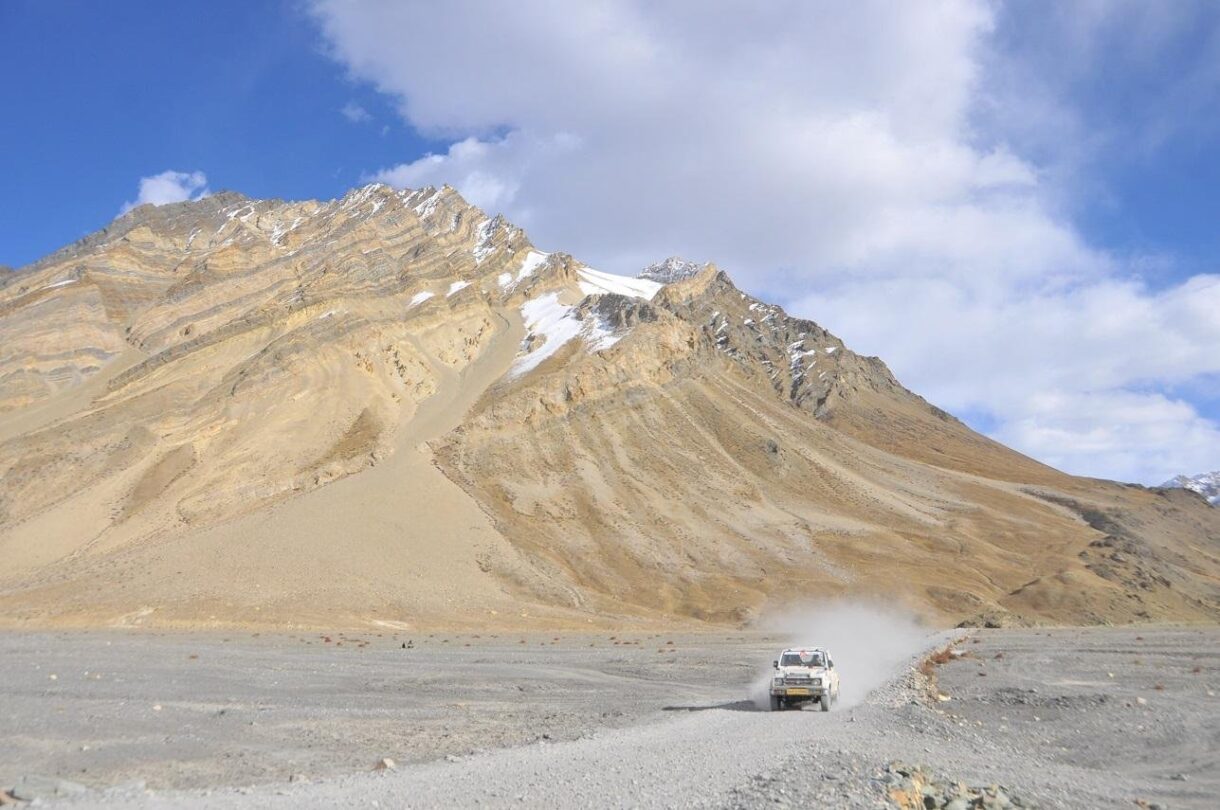
Driving the car on the Himalayas
The thumb rule of driving on the snowy Himalayas is that you must not apply sudden brakes. The snow on the roads causes even more slips than the rain on the highways. Therefore, it is essential that you drive at a moderate speed, preferably slow, on the curvy roads of the hills. Even though the roads of Himachal Pradesh are not densely covered with snow, the weather becomes unpredictable many times, and you may find challenging conditions any time during winter. The higher altitudes witness more snowfall and accumulation of slush, which means driving is even tougher in those regions.
Whenever the car starts skidding, do not lose your calm, and steer in the direction of skidding. For example, if you want to steer to the right, but the car is moving to the left, turn the steering wheel gradually to the left. Don’t turn the car too much to avoid over-steering. Don’t apply sudden brakes as it may cause even more skidding; apply the brakes slowly while your foot is entirely off the accelerator. When the car reaches a safe position, you can straighten the steering wheel.
Stuff the car with essentials
Winters on the higher altitudes are particularly unpredictable in the Himalayas. You may not reach your destination as you plan, and it is excruciating to get stuck in the car during freezing weather. Therefore, in addition to everything to prepare your vehicle, you must keep the essentials in the vehicle.
Blankets and clothes
Things may not happen as you plan at home. Weather may get extremely cold, and the situation gets even worse when you are trapped at an isolated place even for a few hours. Until the help reaches, you must be able to keep yourself warm with blankets and warm clothes.
Power Banks
The Smartphones these days are of great help, but they don’t have sufficient battery backup. Keep a couple of power banks with you for additional battery backup to charge your phone whenever the battery goes low. Don’t use your mobile phone too much apart from basic uses.
Carry Trekking Essentials
You may think that you are going to need a lot of things for a successful trekking expedition on the snowy hills, but can save a lot of effort by hiring a trekking guide. The trekking companies provide for most of the essential things that have maximum weight such as sleeping bag, sleeping mattress, and anti-slip gaiters or shoes if required. You must buy a sturdy pair of trekking shoes, a backpack of 40-50 liters of capacity, and rucksack cover to protect your bag in case of rain or snow.
Pack wisely for trekking on the Himalayas
- For your daypack, you must pack a few eatables, lunch, dried fruits, necessary medicines, clothes as per your need, and other essentials.
- If you buy a new pair of shoes for trekking, you must wear them for two weeks at home to make them comfortable enough for use in the mountains. Even a little blister because of the new shoes hurts a lot while trekking.
- Despite the cold weather, you may sweat a lot while trekking. That is why; it is important to wear a quick-dry T-shirt made of synthetic material. Such clothing ventilates water or sweat quickly unlike the cotton T-shirts that may take a lot of time to dry and make you sick.
- You can use a warm jacket over the T-shirt as a middle layer to comfort you unless the weather is sunny and warm.
- A windproof jacket hood is a must if the weather is too cold during the day. When you reach the campsite, you may take it off only for a few minutes, but you must wear it back to avoid sudden changes in body temperature.
- You can wear thermal wear as a base layer after you reach the campsite. Wearing them during trekking may not provide much air to the body.
- Buy a good quality pair of trek pants, preferably waterproof and windproof, especially if you are going to trek over 10,000 feet.
- A woolen skull cap or a balaclava to protect your head against the chilly wind is a must.
- A sun cap is also useful when you are hiking under the harsh sun.
- Woolen socks that can cover the legs below the knees are recommended when you are there in the camp. Don’t wear the ankle-length socks as they will not be able to protect your feet.
- You should also buy woolen gloves, a walking pole, a durable water bottle, knee caps, sunglasses, torch, sunscreen lotion, moisturizing cream, Chap Stick, soap strips, toilet roll, and medicines are a few additional things that you will need on a winter trek.
Things to keep in mind
- There are a few villages in the Himalayas that welcome tourists during extreme winters despite their scarce resources. You must respect the local customs in mind and never impose your perceptions on the villagers. You can instead contribute positively to their life by teaching them a few valuable life skills or education.
- There is no internet or mobile network in most places, which means you will only find a few homestays to live. The hotels and guest houses shut down during extreme weather.
- Acclimatize yourself with the increasing altitude. Take frequent breaks while trekking to avoid getting out of breath resulting in collapsing.
- You must go for a few treks before opting for the winter trek so that you are aware of the challenges that you might face.
- Always hire a guide from the local village because they are the best people to know the area. Don’t trust the google itineraries that tell you to go yourself if you are on a budget. Your life is more important than a few bucks. Google never tells you the intricate details of the trek; only a guide can properly direct to through the best routes.
- If you need permits to enter a few specific zones, you must get them in advance.
- Carry a lot of cash while traveling to the small towns of the Himachal Pradesh; nobody uses plastic money on the mountains.
- Even the winters can dehydrate the healthiest trekkers. You must keep yourself hydrated, though you must not drink too much water in one go.
A winter trek is once in a lifetime experience that you can appreciate only after you accomplished it. Just go for it while you are young and passionate to trek the majestic Himalayas.
This post is contributed by Aaradhya from Mychoize.com
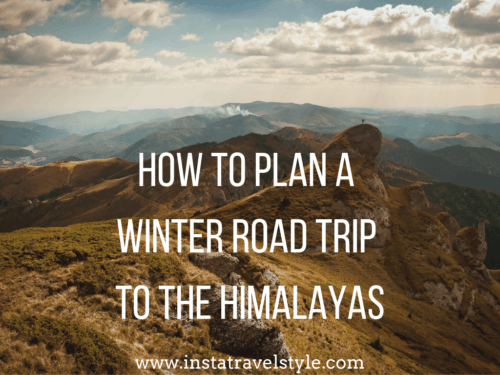


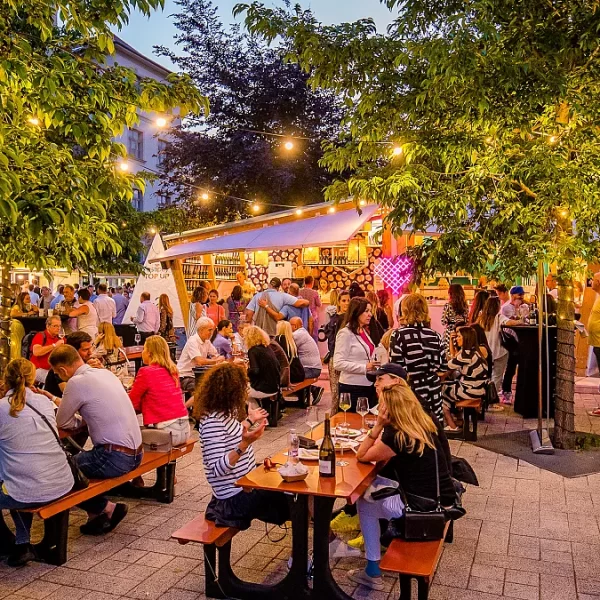
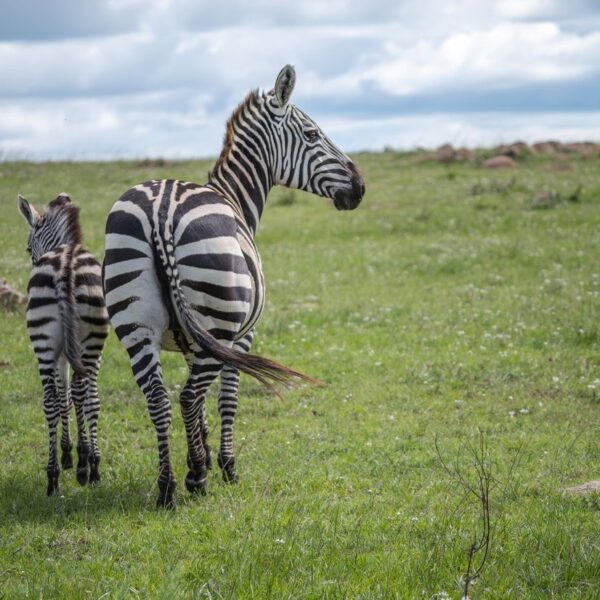
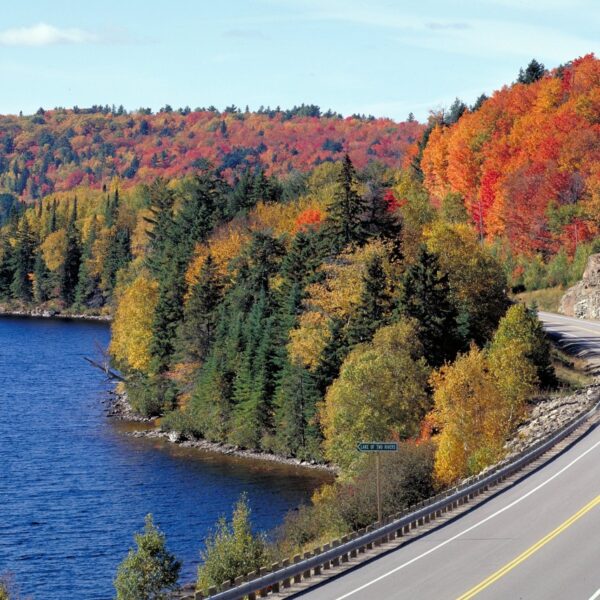



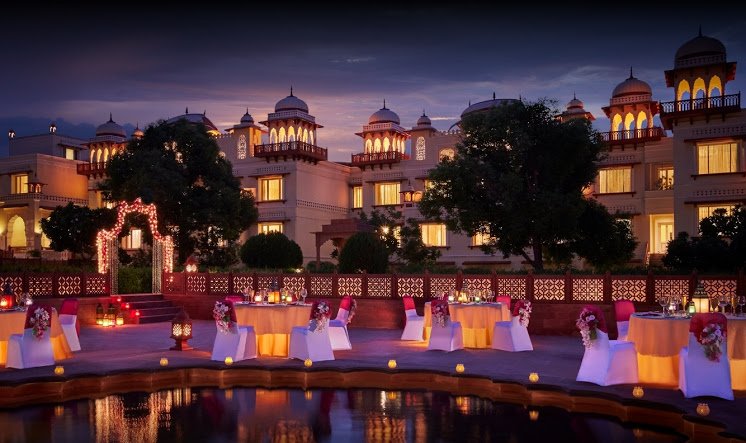
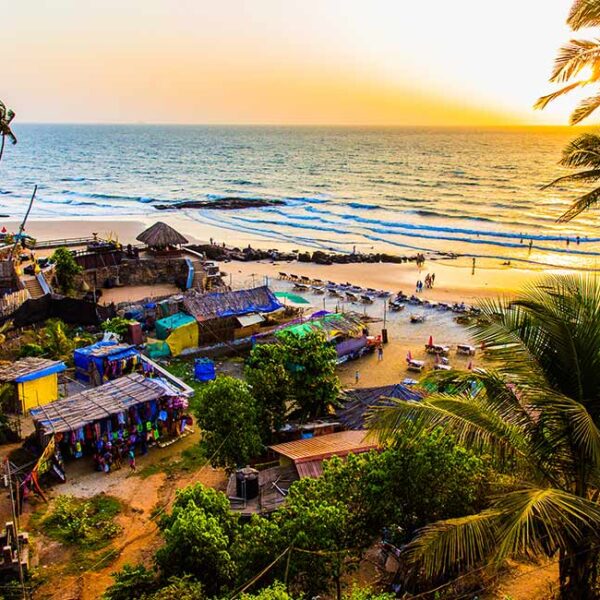

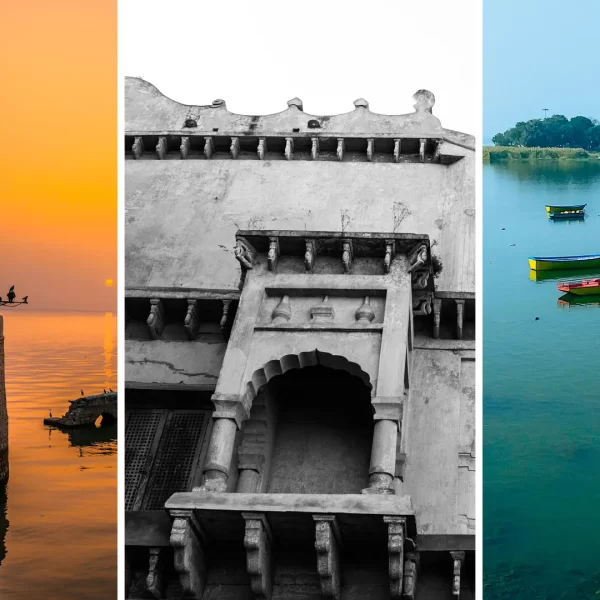
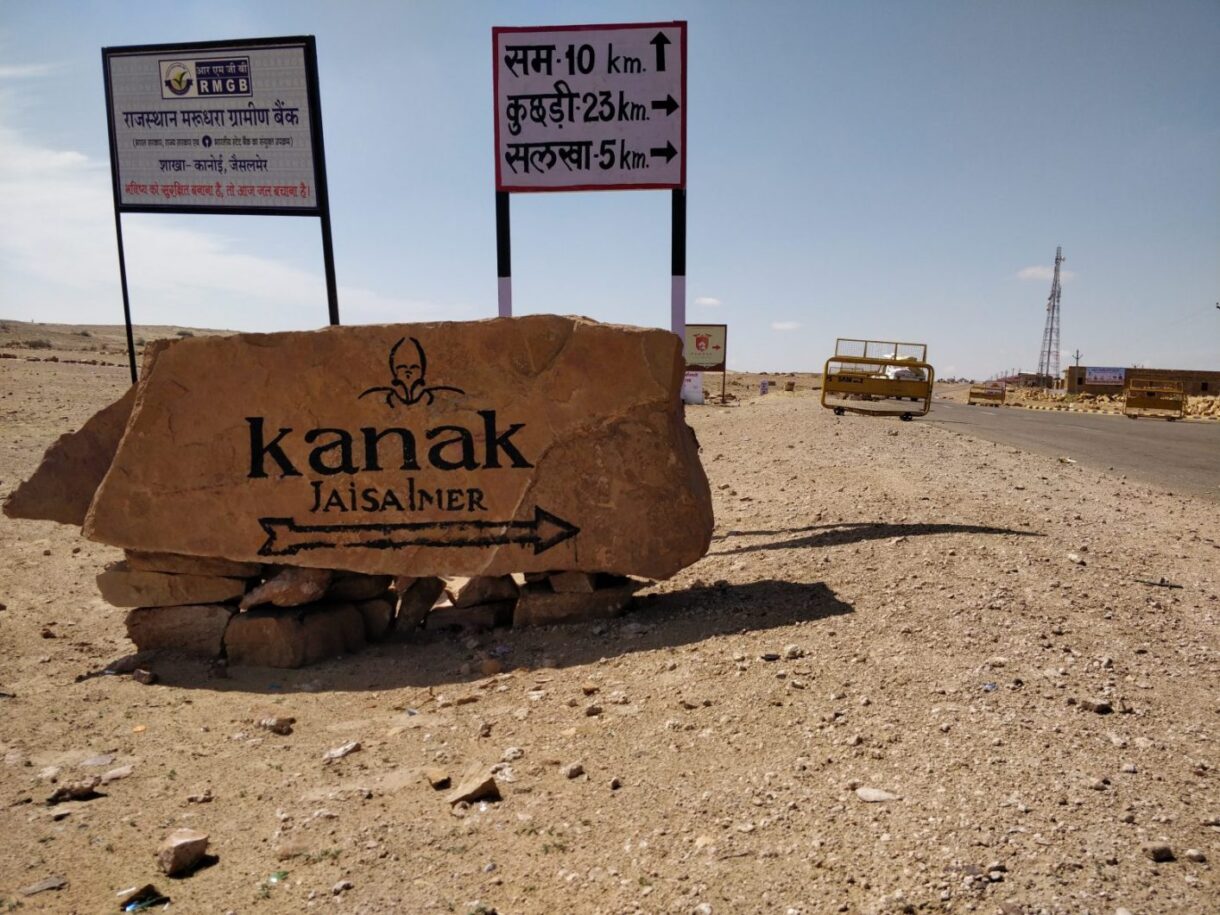


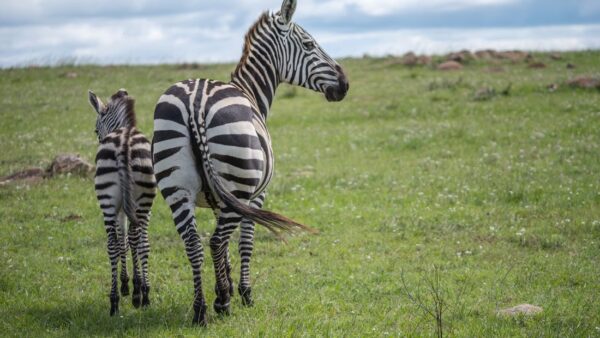
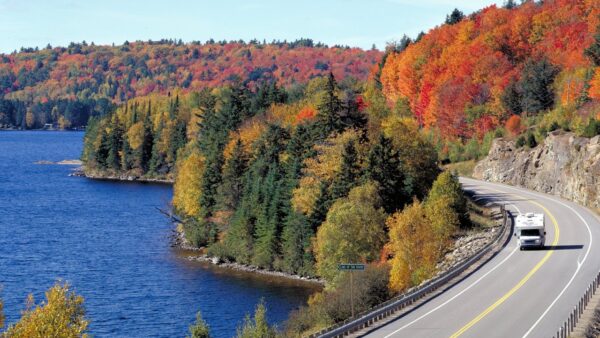
There are 17 comments
This was a very informative post! Thanks for sharing 🙂
Thanks Huda!
I have never been to the Himilayas, but I know for sure my car wouldn’t make it out there. LOL! It does look like an exciting place to see for sure.
You should explore Himalayas soon!
Wow! What a beautiful road trip that would be!!! Absolutely essential to stock the car well before you head out! Great post!
Thanks Megan!
Those snow caped mountains is a dream for me to visit them… may be next week I should plan a trip when we visit India.
Thanks Sania, you are welcome in India!
A winter road trip to the Himalayas sounds exciting and frightening at the same time. Trips like this really need careful planning, and this post couldn’t have emphasized it more. 🙂
Wow these are great tips! I have always wanted to travel to the Himalayas!
Great tips and thanks for sharing.
Winter in Himalayas sounds fantastic! i think it will be tough and cold but so worth it! go!
These are such great tips! I love a handy blanket too. I always come prepared even if we drive a short distance since we live in the desert.
Wow, such a detailed post that would be so helpful to plan a great trip to the Himalayas. Loving the pictures so much.
It definitely seems worth it to me! What a beautiful place it is! I’d love to visit someday in the future. Thank you for sharing this helpful guise.
Such great tips here for a trip of a lifetime! So many things I didn’t think of, thanks for listing it out!
I never thought about taking a winter trip to the Himalayas! I want to try now!